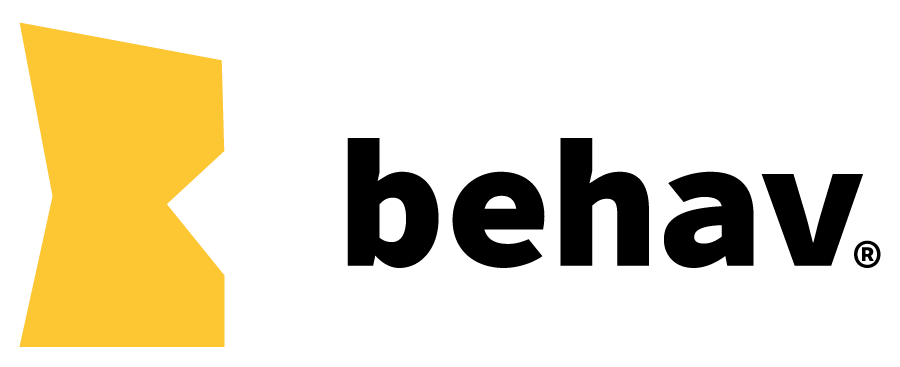Navigating the Ethical Landscape of using Behavioural Science in Design
Navigating the ethical landscape of using behavioural science in design
Written by Lauren Alys Kelly
As we dive into the world of behavioural science and design, we can't overlook the ethical side of things.
So let’s explore the key principles that'll help you create ideas that respect users' autonomy, privacy, and well-being.
Remember, there isn’t a one-size-fits-all rulebook, but these guidelines will keep you on the right path.
1. User Welfare:
The Heart of the Matter
At the core of everything we do, users should come first. Our designs should benefit them without causing harm. You might be familiar with the concept of "nudging," inspired by Thaler and Sunstein's famous book "Nudge." While nudges can be powerful tools for good, it's important to consider the potential risks and benefits of each intervention, making informed decisions that prioritise user well-being.
2. Informed Consent:
It's All About Trust
Trust is key in any relationship, and that includes our relationship with users. Be upfront about your intentions, and get their permission before implementing any behaviour based ideas. This includes clearly communicating the purpose, potential benefits, and risks involved. Think of GDPR and similar regulations – they're not just legal requirements, but also a reflection of the trust we need to build with our users.
3. Privacy and Data Protection:
The Invisible Shield
Data breaches and privacy scandals have shown us just how important it is to protect users' personal information. By adhering to data protection laws and being transparent about how we handle their data, we can create a safe environment for users to engage with our designs.
Action plan: Schedule regular data privacy audits and use encryption methods to protect sensitive information.
4. Respect for Autonomy:
Empower, Don't Manipulate
We've all come across those pushy sales tactics or unethical patterns that leave a sour taste in our mouths. As designers, we should empower users to make their own choices, avoiding manipulative techniques. Concepts like Sludge should be avoided at all costs!
Sludge is the evil twin of Nudge. While nudges are all about helping people make better choices by giving them a gentle push in the right direction, sludge does the exact opposite. It throws obstacles in users' paths, making it harder for them to make decisions that are in their best interest.
Imagine you're trying to cancel a subscription, and the process is so complicated that you just give up in frustration. That's sludge at work. It could be hidden fees, sneaky fine print, or any other tactic that takes advantage of our cognitive biases and trips us up.
5. Minimise Negative Externalities: Avoid the Butterfly Effect
We've all heard stories about well-intentioned ideas that led to unforeseen consequences. Stay aware of potential ripple effects and ensure your interventions don't hurt others or negatively impact society.
There are surprising number of ways that your work can cause unintended consequences… Read: Why does goes wrong and how to mitigate it.
6. Fairness and Inclusivity:
Designing for Everyone
We live in a diverse world, and our designs should reflect that. Be mindful of different user groups, creating unbiased, equitable designs that don't discriminate or reinforce stereotypes. Remember the concept of "choice architecture" from Thaler and Sunstein? Let's make sure our designs are inclusive and considerate.
7. Scientific Rigour:
The Backbone of Successful Interventions
Good behavioural design is grounded in solid behavioural science research. By using thorough methods, like experimentation and testing, we can ensure our interventions work effectively. Kahneman's "Thinking, Fast and Slow" is a great resource to understand the foundations of behavioural science, and it will help you make informed design choices.
8. Transparency and Accountability:
Letting the Sun Shine In
Nobody likes shady business. Share your methods, findings, and decision-making processes, welcoming feedback and scrutiny to maintain trust and credibility. This openness helps us learn from each other and grow as a community of ethical designers.
9. Continuous Improvement:
Learning to Walk
Mistakes happen, but what matters is how we learn from them. Use feedback and evaluation to refine your designs and learn from both successes and failures. Embrace a growth mindset and make every experience a stepping stone towards better, more ethical designs.
10. Collaboration and Interdisciplinary Dialogue:
Stronger Together
Don't go it alone! Work closely with stakeholders, users, policymakers, and experts from various fields to ensure diverse perspectives are considered and knowledge is shared. Collaboration not only sparks innovation but also helps us make more informed and ethically-sound decisions.
